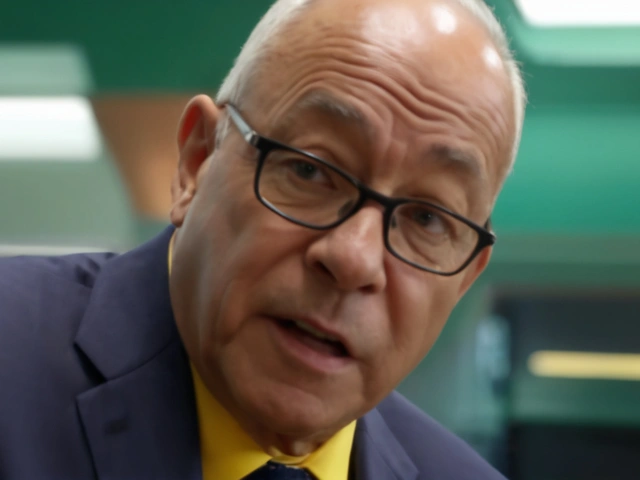Sevilla Stuns Barcelona 4-1 at Ramón Sánchez Pizjuán, Ending La Liga Perfect Run
Sevilla stunned Barcelona 4-1 at the Estadio Ramón Sánchez Pizjuán on Oct 5, 2025, ending the Catalans' perfect La Liga start and reshaping the title race.
When exploring Sevilla, the capital of Andalusia in southern Spain, known for its riverside setting and orange‑tree lined streets. Also called Seville, it blends Moorish heritage with modern flair, making it a hotspot for tourists and locals alike. The city sits on the Guadalquivir River, which has shaped its trade history and waterfront charm.
Sevilla belongs to Andalusia, the autonomous community that drives southern Spain's music, food, and climate. This regional identity influences everything from the orange‑scented air to the rhythm of flamenco that drifts from street cafés. In short, Sevilla inherits Andalusia's sunny climate and rich culinary traditions.
Sports lovers instantly think of Sevilla FC, the La Liga club famous for its gritty defense and European successes. The team’s home ground, Ramón Sánchez‑Pizjuán, regularly fills with chanting fans, turning football into a citywide celebration. Sevilla’s passion for the sport fuels local pride and draws visitors during match days.
History buffs can’t miss the Alcázar of Seville, a UNESCO‑listed palace complex showcasing Mudéjar architecture and lush gardens. Walking through its courtyards feels like stepping into a storybook; the intricate plasterwork and towering arches are a direct link to the city’s Moorish past. This landmark proves that Sevilla encompasses both ancient monuments and contemporary life.
Foodies will find a world of tapas, jamón ibérico, and gazpacho on every corner. The mix of fresh seafood from the river and hearty stews reflects Andalusia’s diverse terroir. Pair a glass of sherry with a plate of fried olives, and you’ve got a taste that only Sevilla can serve. Culinary tours often weave in visits to the market of Triana, tying flavor to neighborhood history.
Every spring, the Feria de Abril transforms the city into a vivid canvas of lanterns, horse‑drawn carriages, and dancing. This festival showcases Andalusian costumes, sevillanas music, and endless socializing. It’s a perfect example of how cultural events reinforce Sevilla’s identity and attract tourists from around the globe.
Getting around is straightforward: the San‑Pablo Airport links Sevilla to major European hubs, while the high‑speed AVE train connects it to Madrid and Barcelona in under three hours. Within the city, a bike‑share program and an efficient metro make exploring neighborhoods like Santa Cruz or Macarena hassle‑free. These transport options mean you can focus on the sights instead of traffic.
Below you’ll find a curated list of recent articles that dive deeper into these topics – from football match analyses and travel tips to cultural spotlights and event coverage. Whether you’re planning a trip, brushing up on local history, or just curious about what makes Sevilla tick, the collection offers practical insights and fresh angles to keep you in the loop.
Sevilla stunned Barcelona 4-1 at the Estadio Ramón Sánchez Pizjuán on Oct 5, 2025, ending the Catalans' perfect La Liga start and reshaping the title race.

Langa Mavuso is a South African artist known for blending soul and R&B with unique, urban African storytelling. From his early influences to his bold debut album, he captures life’s complexities through emotional and resonant music. Dive into his journey, collaborations, and the heartfelt experiences that shape his sound.

Bradford City, Doncaster Rovers and Stevenage dominate the PFA League Two Team of the Year 2025 as they celebrate promotion to League One.

First-grade students, upset over a school news article they believed misrepresented their beloved mascot Rocky, showcased their persuasive writing skills by demanding to write letters to the editor. This incident not only highlights their emotional response but also the potential consequences of teaching youngsters about persuasive writing.

Nicki Minaj reports a livestream threat by TDE affiliate MackWop to the FBI and Congresswoman Anna Paulina Luna, turning a SZA feud into a federal investigation.

Marcelo Bielsa returned to Uruguay, guiding the team in a Kuala Lumpur friendly against the Dominican Republic, where reports differ on whether it ended 0‑0 or 1‑0.
